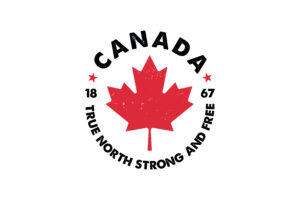
While experts’ understanding and knowledge of COVID-19 has continued to evolve and expand, there are some factors that have been long acknowledged. Two of these are:
1. The virus can live on surfaces for a short period of time.
2. There is no evidence that it can be transmitted through food.
The two were recently brought to light again when the coronavirus was detected on a chopping board in Beijing on which imported salmon had been cut, and China’s recent suspension of some chicken and pork imports from the U.S. and Germany because of high numbers of coronavirus infections in those plants.
Because Beijing had just seen a new COVID-19 outbreak, the salmon “suspect” was widely reported with an immediate impact on salmon imports and sales. But it was just as quickly dispelled as worldwide experts dismissed the inference that the Beijing outbreak was caused by the import of Salmon.
As has been widely declared by the World Health Organization (WHO), the US CDC and FDA, China CDC, the European Food Safety Authority and many others, including TAG – there is no evidence to support the transmission of COVID-19 through food.
But viral droplets can be spread to any surface from the exhalations – particularly of coughing or sneezing – of an infected person, and can live on a surface for hours or days. So it would not be surprising to find a viral particle on food, or at least the RNA from virus that is now inactivated. This does not mean that the originating food, or animal, carried the virus or is able to transmit it when consumed. It simply means that food, like any object, has surfaces on which the virus could land; or it could pick up the virus from a food-contact surface that was not sanitized prior to use.
What does all this mean? It further emphasizes the continuing need for enhanced cleaning and sanitation of surfaces; protection of foods and surfaces from viral particles through the use of employee masks, regular handwashing, and wellness checks to keep ill employees out of the facility; and the importance of environmental monitoring and control to protect against any contamination of foods.
It doesn’t mean that the industry, media, or consumers should begin to suspect food – domestic or imported – as carrying the virus into a facility. As China CDC Chief Epidemiologist Zunyou Wu was cited as saying, “We cannot conclude that salmon is the source of infection just because novel coronavirus was detected on a chopping board of a seller.” Rather, he said, the virus was more than likely brought into the market by an infected, asymptomatic person, with the close quarters and activity at the market leading to the outbreak.
This was further supported by the fact that 40-some samples from the market tested positive for the virus; there was no trace of the virus on the salmon before it reached the market; and the coronaviruses cannot multiply in food; they need a live animal or human host to multiply. All of which suggests that the virus was present in the market, not the salmon.
It also means that although there are still unknowns with COVID-19 and research is continually unearthing new aspects of the virus, the food industry is best served following the guidance and recommendations of public health experts and ensuring that all standard and enhanced food safety practices are being followed, despite the continuing challenges of the pandemic.
One concern to keep in mind is that if there is more testing of food by China or any other country, it is certainly possible that viral RNA will be detected. This then raises the concern that some may leap to assuming that food can spread the virus. We need to be ready with science and data to refute any such claims based on what we know today.
TAG’s public health and food safety experts have been assisting clients throughout the pandemic, providing guidance and recommendations for keeping workers, foods, and consumers safe. Give us a call today!





